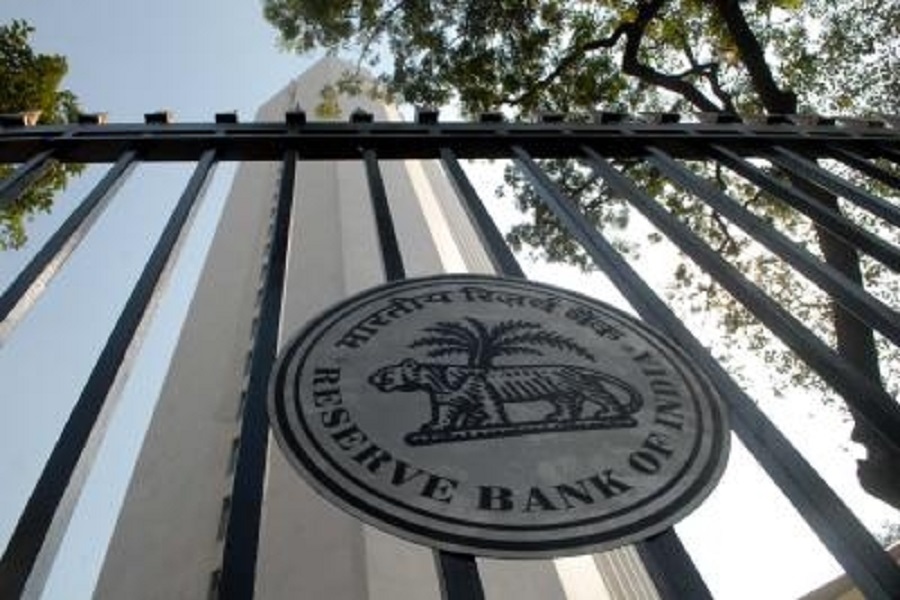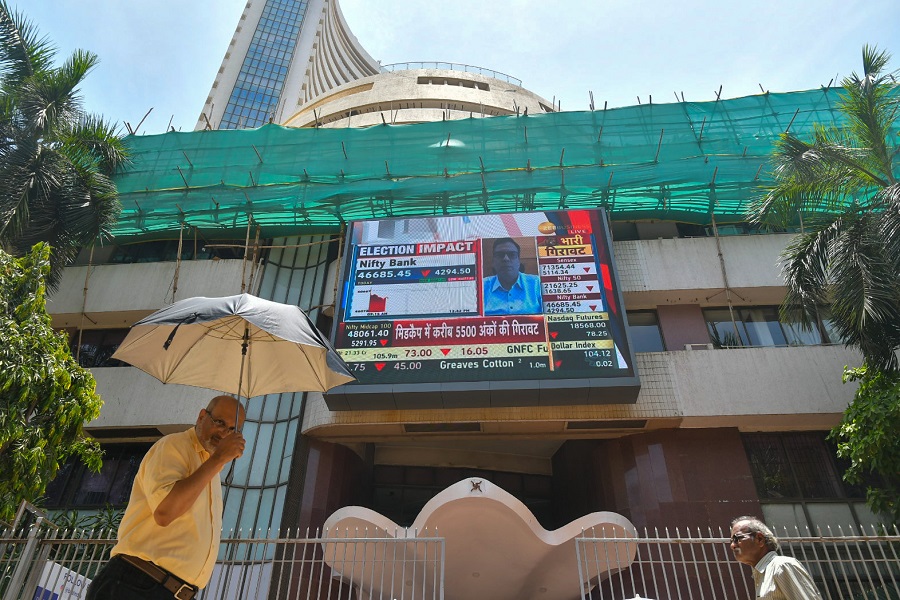India’s real estate set for 20X leap by 2047, unlocking new urban growth corridors: Colliers-CII Report

India’s real estate sector is at the cusp of a monumental and transformative journey and is projected to grow multifold levels—from nearly USD 0.3 trillion today to a staggering USD 5–10 trillion market by 2047. This ongoing surge positions real estate as a cornerstone of India’s economic ascent, potentially contributing 14–20% of the GDP by 2047, shaping the vision of Viksit Bharat under the Amrit Kaal roadmap
The Confederation of Indian Industry (CII) and Colliers report titled- “Real Estate @2047: Building India’s Future Growth Corridors” was released at the 21st edition of its flagship real estate conference, CII Realty 2025 by Ms Harleen Kaur, Deputy Secretary, Ministry of Road Transport and Highways, Government of India in New Delhi and highlights near-term trends and the overarching growth theme across core segments—residential, office, retail, industrial & warehousing as well as emerging alternative asset classes like senior living, co-living, and data centers. Most of these trends are being powered by a strong tailwind in the form of government-led reforms & policy initiatives and structural demand drivers such as rapid urbanization, demographic shifts, infrastructure augmentation, technology-driven innovation, and sustainability priorities. Together these growth engines are creating a multiplier effect, fueling employment and demand across real estate asset classes, attracting institutional capital and unlocking new growth corridors across the country.
“India’s infrastructure expansion is reshaping the real estate landscape, unlocking new growth corridors and transforming Tier II & III cities. As we march towards a multi-trillion-dollar economy, the demand for world-class built structures, integrated logistics hubs and resilient mobility solutions including transit-oriented development (TOD) systems will become more prominent. Real estate and infrastructure are two vital sectors which will reinforce each other. Expressways and industrial corridors will increasingly enhance connectivity—transforming land usage in catchment areas, accelerating urban development, and creating commercially viable economic hotspots,” says Ms Harleen Kaur, Deputy Secretary, Ministry of Road Transport and Highways, Government of India.
“India is firmly on the path of becoming a developed nation by 2047, powered by demographic strengths, progressive policies, and a collective vision of inclusive growth. Over the past decade, consistent policy support has laid the foundation for accelerated growth across sectors including real estate. Notably, within the residential segment, policy push in the form of PMAY, RERA, infrastructure status to affordable housing, SWAMIH fund etc. have improved housing accessibility & last-mile financing, while enhancing transparency. Moreover, as we build upon global development models and best practices, India must continuously enhance tech adoption in real estate and infrastructure, to ensure sustainable growth,” says Mr Pradeep Aggarwal, Founder & Chairman, Signature Global India Ltd.
“India’s real estate sector is on a transformative trajectory—poised to grow from nearly USD 300 billion today to a USD 1 trillion industry by 2030 and potentially reach USD 5–10 trillion by 2047. Urbanization and infrastructure development are driving this momentum, with 40% of India’s population expected to reside in urban areas in the next few years. In fact, Tier II cities like Chandigarh, Kochi, Lucknow, Thiruvananthapuram etc. are emerging as new growth hubs—building India’s future and fulfilling the vision of Viksit Bharat under the Amrit Kaal roadmap,” says Mr Ashwinder R Singh, Chairman, CII NR Committee on Real Estate and Vice Chairman & CEO, BCD Group.
“The ongoing real estate transformation will be characterized by significant scaling up across asset classes. In addition to demand traction in core assets such as office, residential and industrial & warehousing we anticipate quantum growth in alternative asset classes such as data centers and shared living. With nearly 100 million-plus cities expected to champion the case for equitable economic growth, newer real estate growth corridors will gain prominence. These emerging growth frontiers will redefine India’s urban fabric, creating inclusive, future-ready, and sustainable real estate hotspots,” says Badal Yagnik, Chief Executive Officer & Managing Director, Colliers India.
Within real estate, the residential segment is expected to see the most pronounced impact from rapid urbanization and evolving demographics, particularly in affordable, senior and co-living spaces. Meanwhile, commercial and industrial segments stand to benefit from enhanced infrastructure-led connectivity, digitalization, and green mandates, which will support the decentralization of office hubs and manufacturing clusters across Tier II & III cities. Concurrently, technological advancements, especially in AI, will drive the growth of data centers and smart city infrastructure.
Long-term impact of the growth engines across multiple real estate segments

Office market scale-up to continue, annual demand to solidify at around 70-75 msf in near-term
India’s office market is set for a sustained expansion, with annual demand expected to stabilize at 70–75 million sq ft in the next few years. Shaped by evolving occupier preferences, Grade A stock is projected to surpass 1 billion sq ft by 2030 and can potentially breach 2 billion sq ft mark by 2047. The maturity of the Indian office market will be marked by hybrid work models, and hub-and-spoke office formats, alongside the rise of Global Capability Centers (GCCs) driving high-value innovation and digital transformation. Annual GCC leasing is projected to be around 30-40 million sq ft in the coming years, driving 40-50% of the annual Grade A office demand. Additionally, Tier II & III cities such as Coimbatore, Indore, Kochi, and Bhubaneswar are emerging as vibrant commercial hubs, supported by talent availability and infrastructure upgrades. Flexible workspaces will reshape the real estate portfolio of occupiers in such smaller cities and account for 20–25% of overall India leasing in the near-term.
Demographic edge to influence housing trends, propelling residential market
Supported by increasing household incomes, favorable demographic trends, and forward-looking housing policies, India’s residential real estate market is expected to witness a significant surge in demand —reaching 0.5 million units annually by 2030 and potentially doubling to 1 million housing units by 2047. With median age steadily increasing to 30-40 years in the next few decades and corresponding with peak earning capacity, first-time homebuyers are likely to dominate demand. In addition to the affordable segment, luxury housing and niche offerings for High-Net-Worth Individuals (HNIs) & Ultra-HNIs will gain traction, alongside plotted developments, villas, and wellness-oriented living spaces. Tier II/III cities, including spiritual hubs, are already emerging as vibrant housing markets amidst rapid urbanization and infrastructure upgrades. Further, redevelopment projects, aided by future-ready building development norms, Transferrable Development Rights (TDR) and zoning regulations hold enormous potential to transform urban skylines and meet demand-supply gap in established markets such as Mumbai, Bengaluru, and Delhi NCR.
Industrial & Warehousing and Retail segments expected to enter a high-growth phase over the next few years
The industrial & warehousing segment is poised for significant momentum, with annual demand expected at 30–40 million sq ft in the coming years, supported by strong infrastructure development and a diversified occupier base. With Grade A stock projected to exceed 0.5 billion sq ft by 2030 and potentially 2 billion sq ft by 2047, India’s warehousing landscape will become smarter and greener, supported by the development of industrial corridors and logistics parks. We also anticipate heightened warehousing requirements for micro-fulfillment centers, dark stores and plug-and-play facilities in upcoming years.
India’s retail segment too is set to capitalize on rising urbanization and improving consumption levels. Malls are already evolving into lifestyle destinations, with brands focusing on immersive store formats and omnichannel strategies. With over 1,000 malls across Indian cities by 2030, which is likely to rise further and cross 1,500 by 2047, retail space uptake will be comparatively higher in smaller cities like Jaipur, Ahmedabad, Kochi, Coimbatore, Bhubaneswar, Guwahati etc. Moreover, institutionalization and the rise of retail REITs will further formalize the segment.
Rising institutional investors’ appetite for alternative assets, fueled by diversification and relatively higher returns
While core assets will be central to the growth story of Indian real estate, alternate assets like data centers, senior living, and co-living, have a greater headroom for growth in the coming years on account of their current nascency. India’s data center capacity is expected to scale significantly, reaching nearly 4.5 GW by 2030 and surging to 10 GW by 2047—driven by policy-level push, rising adoption of AI, cloud & edge computing, 5G rollout, and green energy integration. Senior and co-living will also see multi-fold growth driven by demographic shifts and evolving lifestyle needs. Inventory in both these segments is likely to rise at least 10X times each over the course of next few decades. Overall, as investors continue to seek newer markets and alternative avenues to diversify their portfolio while enhancing risk-adjusted returns, we are likely to witness an increase in allocation of foreign as well as domestic capital towards alternative asset classes.
2047 vs 2025 likely growth in inventory/sales across real estate segments-

Tier II/III cities to emerge as real estate hotspots, furthering equitable economic growth
The multiplier effect of policy initiatives, infrastructure development and inherent demand drivers is set to catalyze Indian real estate, propelling it to a USD 5-10 trillion market by 2047, a growth of over 20X times compared to current levels. Driven by rapid urbanization, India can potentially have nearly 100 cities with a million-plus population by 2047. In addition to India’s demographic patterns amplifying consumption levels—infrastructure development, digitalization, tourism growth and sustainability priorities can elevate real estate landscape across multiple cities and asset classes.
In fact, multiple Tier II & III cities are poised for accelerated real estate activity across multiple segments. These upcoming real estate hotspots will mature into economic hubs, fostering balanced and inclusive growth in the run-up to India’s centennial year of independence in 2047.
Above views are of the author and not of the website kindly read disclaimer




.jpg)





Tag News

M&A and Strategic Deals in the BFSI space rise 3x in CY25 YoY: Equirus Capital













